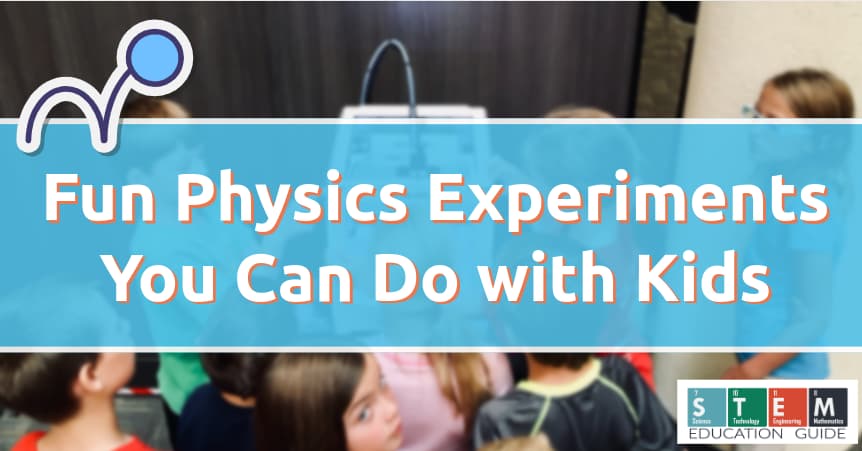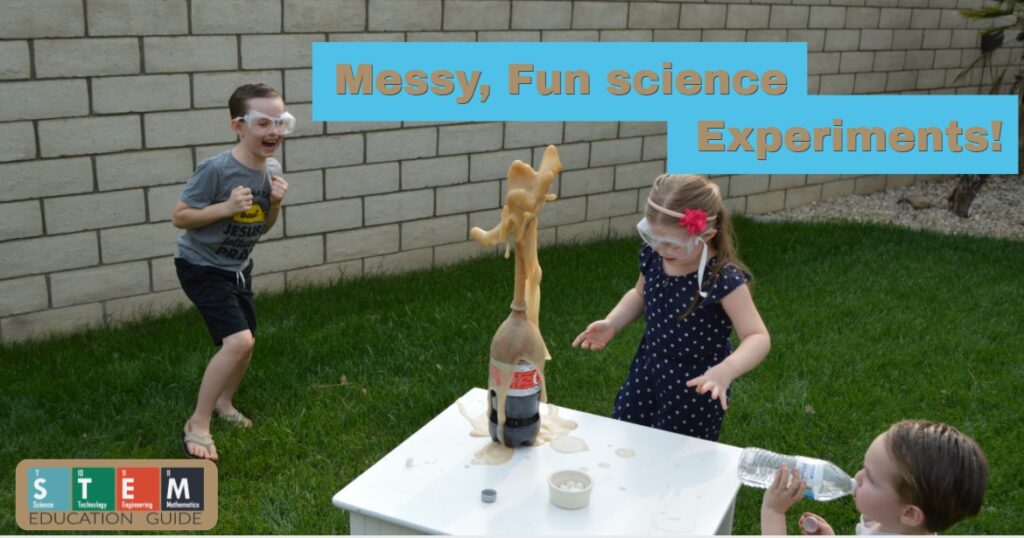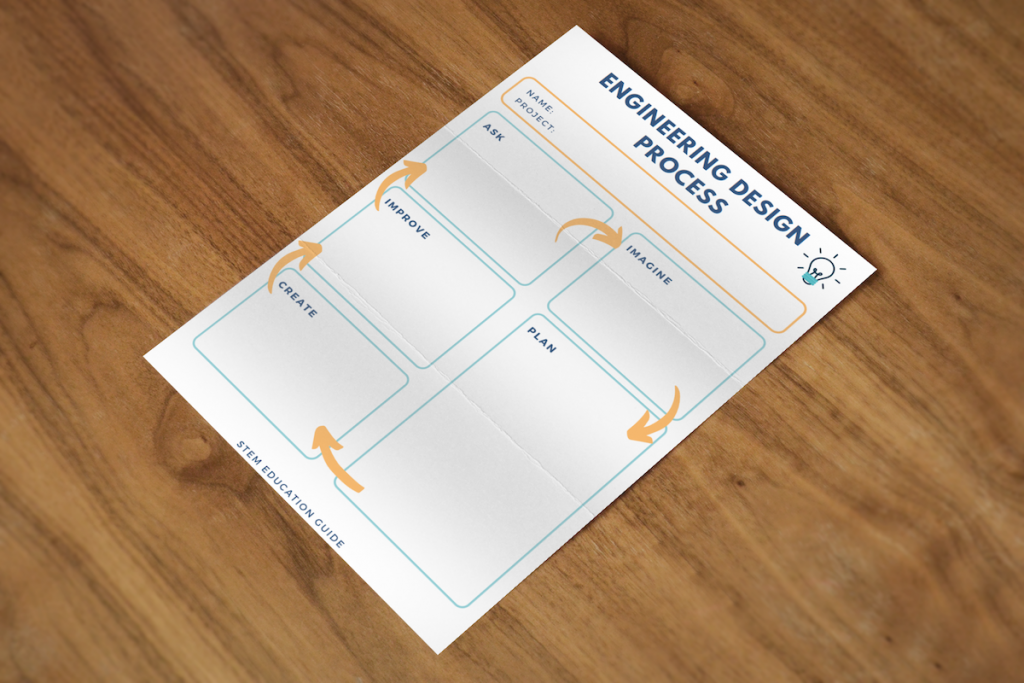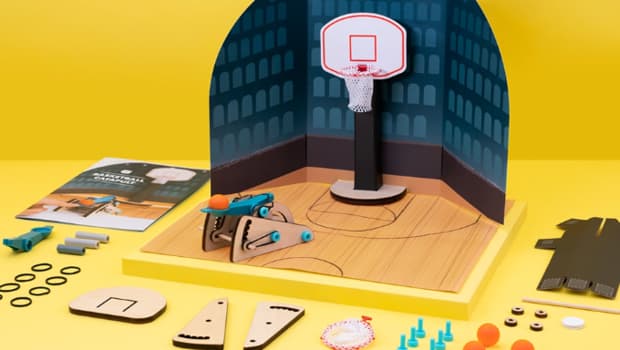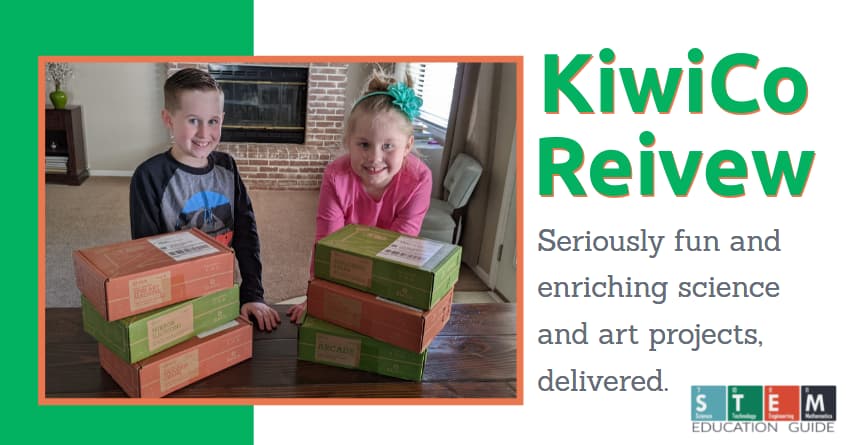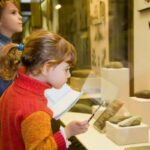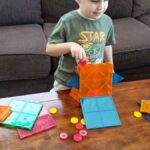When more children hear the word, “physics,” there may be a disassociation with the word, fun.
However, the principles of physics, like science, are applied in our everyday living. Physics for children can be playful, entertaining, and budget-friendly. These physics experiments will show you how.
Table of Contents
What is Physics?
Physics is the study of energy and matter. It encompasses how both facets interact with each other. Physics is about generating good problem-solving skills and determining why things behave the way they do in nature.
There are many categories within physics, such as quantum mechanics, high energy physics, particle physics, and in some cases chemistry is involved in physics as well.
These physics experiments will demonstrate Newton’s Three Laws of Motion, buoyancy, simple machines, and density. Most materials can be found around the house as well.
Simple Physics Experiments for Children
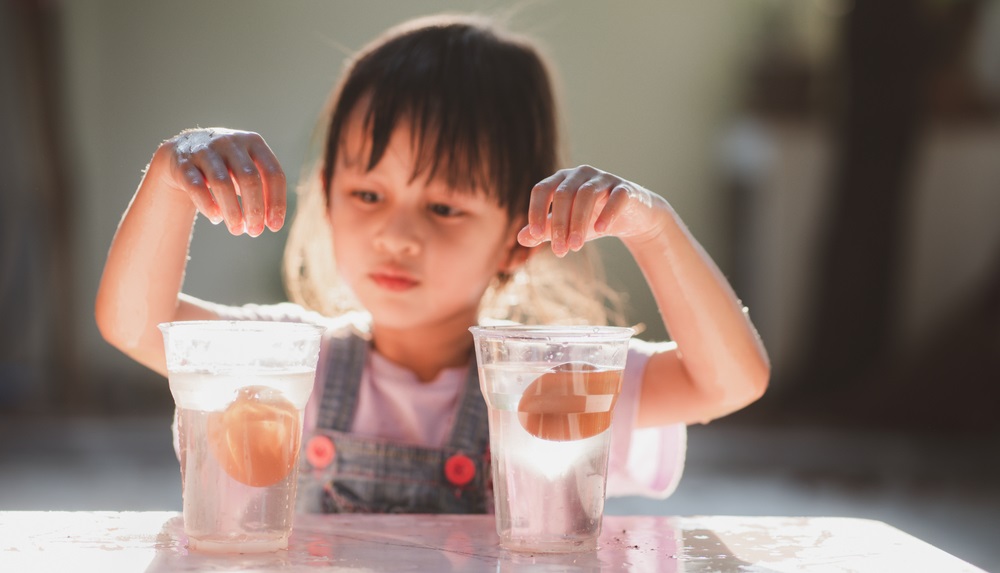
In conducting these science experiments with your children, encourage them to follow the scientific method. Get them to make predictions, discuss and write down their observations, then retest their theory if they didn’t obtain the desired results the first time.
Kids love the mystery surrounding science. What will this do? Why does it behave the way it does? It satisfies their unending curiosity about the way the world works and why.
1. Air Blaster Experiment
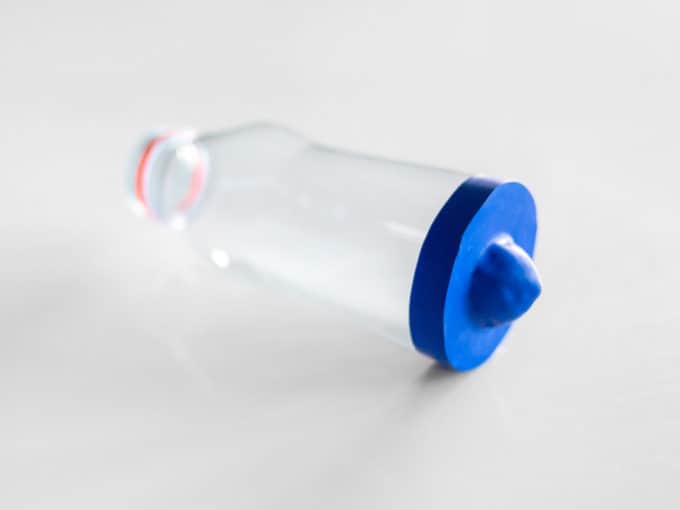
- Age Level: Any age
- Time: 10 minutes
- Difficulty: Easy
An air vortex is not usually visible unless there are many particles in the air like smoke. However, children can view them by using an air cannon. The air vortex cannon emits a donut-shaped vortex that is like smoke rings. The power of the vortex is that it is sufficient to ruffle your hair, blow our candles, or disturb papers.
Materials:
- Balloon
- Plastic bottle
- Stickers or paint (completely optional)
Instructions:
- Remove the bottom of the bottle and an inch up from the bottom of the balloon with scissors.
- Decorate the bottle if you would like.
- Stretch the balloon over the bottom of the bottle.
- You have now made a vortex cannon.
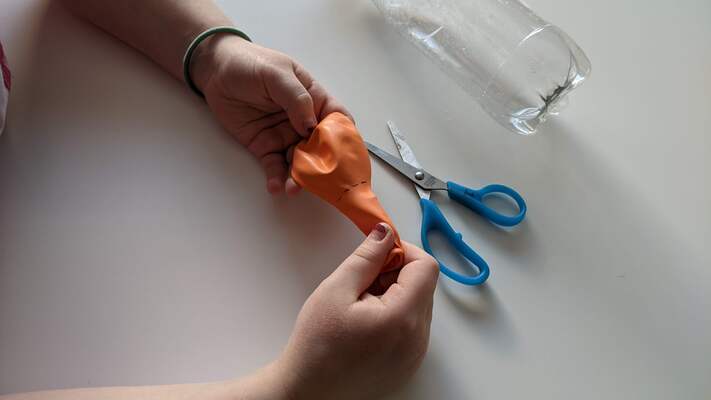
How It Is Used
Use the end of the bottle that contains the balloon to suck air into the bottle. Pull the balloon back, aim, and shoot the air from the front of the bottle. It operates like a slingshot.
Children will delight at the fact they can knock over most small objects without even touching them.
The Science Behind the Experiment
While the air vortex cannon is simple to make, it is great at demonstrating scientific principles.
Similar to gravity, we can’t see air, but we can feel the effects. The cannon demonstrates how air can move. Air moves due to air pressure generated by changes in temperature. It is when high pressure moves to low-pressure areas.
Even though temperature causes pressure changes, you can generate them yourself. The air blaster generates a big burst of air when it is shot from the hole. Even though your child can’t see the air inside the bottle, they can see the effects when it knocks things down.
When shot forward, the air forms a donut shape. The differences in the fast-moving air generated by the slingshot motion through the opening create this vortex. This motion is stable enough to travel through the air and cause an effect on a target object.
Are you looking for some fun outside experiments? Check out our article on Messy STEM Science Experiments for Kids!
2. Density Tower Experiment
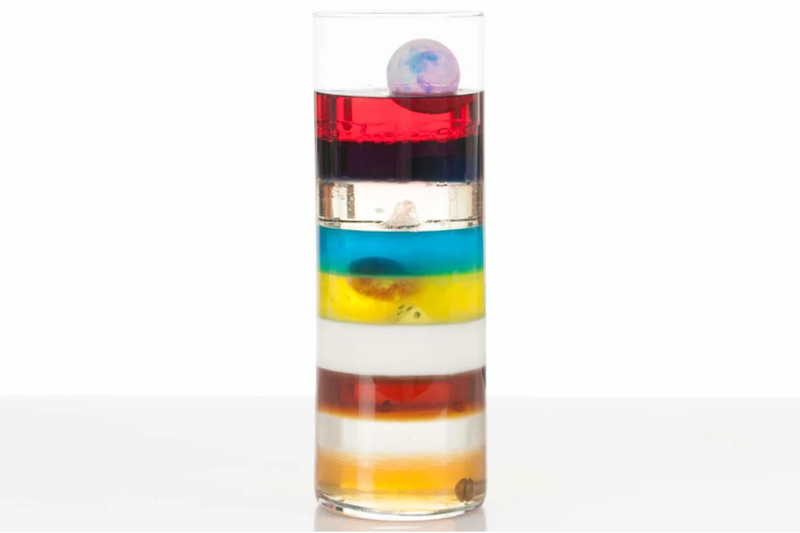
- Age: Middle school
- Time: 10 minutes
- Difficulty: Medium
This tower explains the concept of density and how some liquids can be denser or heavier than others. You will require some heavy and light liquids.
Materials:
- Food coloring
- Tall, large jar
- Rubbing alcohol
- Dish Soap
- Cooking oil
- Water
- Syrup
Additionally, honey can be added to the experiment as opposed to corn syrup, you can use both and even add an ice cube. Some density towers have specific methods in place, and a very careful way to place layers. This one is friendlier for children.
Instructions:
- Have your children generate a hypothesis: what do they think will happen?
- Place the liquids in order from the densest (heaviest) to the lightest as you discuss each one. The heaviest ingredients are corn syrup, dish soap, water, oil, and alcohol. The light liquids are food coloring and water.
- Add the layers individually, then add one drop of food coloring to the alcohol layer. The food coloring will combine between the layer containing alcohol and water. This will make both layers appear distinctive.
- Ask your children whether what they predicted was correct. Have them document their observations and draw conclusions.
The Science Behind the Experiment
A liquid’s density is a measurement of how heavy it is for the measured amount. If equal amounts of the volumes for two different liquids are weighed, the heavier liquid is the denser one.
If a denser than water liquid is added to the surface of the water, it floats.
Liquids are created from different numbers of molecules and atoms. For some liquids, the molecules and atoms are closely packed together. This results in a heavier or denser liquid.
Different liquids will separate since they are not the same density.
If you would like a physics kit instead to do with your children, consider the following from Kiwico:
Do your kids know the Engineering Design Process? Take a look at our article all about it, with a free download too.
3. Basketball Catapult
- Age: 5+
- Time: 10 minutes
- Difficulty: Easy
Children will learn physics by placing the basketball on the cannon and aiming for the basket. They will develop engineering skills by designing the catapult and playing basketball. It will teach them the scientific aspects of sports and allow them to do mathematics regarding angle placement and velocity.
If you’re interested in the basketball catapult from KiwiCo, you can find that here, along with all their other STEM toys. I also have an in-depth review of KiwiCo.
Wrapping Up
These science experiments will allow your child to develop an appreciation of the applications of physics while having fun. Not only will these physics experiments develop their scientific knowledge and teach them about the scientific method, but they will also foster a love of engineering as well.
All the facets incorporated into many of these science experiments incorporate aspects of STEM. Children will marvel at how different the densities of different materials are, the fun of shooting a vortex cannon, or simply, the science involved in sports.
Some of these things involving physics we take for granted. Yet this is a fun way to allow your children to see how science incorporates into our daily lives.
Do your kids love exploring with a microscope? Check out our article on microscope activities and experiments.

